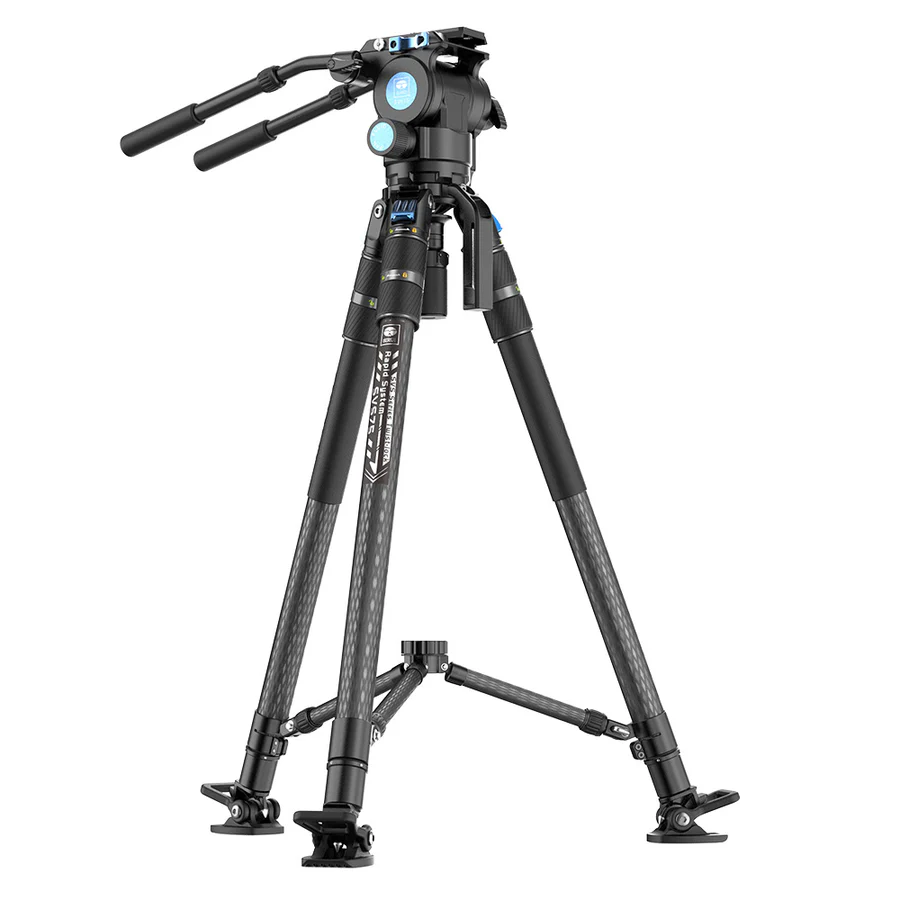Tips for choosing camera tripods

Tips for choosing camera tripods
When purchasing camera tripods, it is necessary to comprehensively consider core factors such as material, load-bearing capacity, height, pan tilt type, and portability to ensure equipment stability and match shooting needs, avoiding excessive pursuit of high parameters and neglecting actual usage scenarios.
Core purchasing factors
Material selection:
Carbon fiber: lightweight (30% lighter than aluminum alloy), corrosion-resistant, suitable for outdoor use, but expensive (over a thousand yuan).
Aluminum alloy: high cost-effectiveness, strong load-bearing capacity (15kg+), poor portability.
Magnesium alloy: lighter than aluminum alloy, slightly weaker in impact resistance, suitable for budget limited micro order users.
Load bearing capacity:
Formula: Total weight of equipment × 1.5 ≤ nominal load-bearing capacity.
Mobile phone/mirrorless single choice 3kg level (such as Yunteng 691), DSLR+telephoto lens requires 8kg+(such as Jiexin GT3545).
Height adjustment:
Working height ≥ height -30cm (such as taking portraits above 1.7m without bending over).
The central axis inversion function supports low angle macro shooting (such as 5cm on the ground).
Type of gimbal:
Hydraulic gimbal: Smooth mirror movement, suitable for video shooting.
Spherical gimbal: fast and accurate composition, suitable for landscape photography.
Portability:
Folding length<50cm is considered truly portable. For mountain climbing and hiking, choose carbon fiber+5-section foot tubes (such as the Horse Path XT15), and for city sweeping, choose a combination of monopod and mini tripods.
Other functions:
Quick installation board improves efficiency, level ensures image balance, and anti slip foot pads enhance ground adaptability.
- Art
- Causes
- Crafts
- Dance
- Drinks
- Film
- Fitness
- Food
- Игры
- Gardening
- Health
- Главная
- Literature
- Music
- Networking
- Другое
- Party
- Religion
- Shopping
- Sports
- Theater
- Wellness


